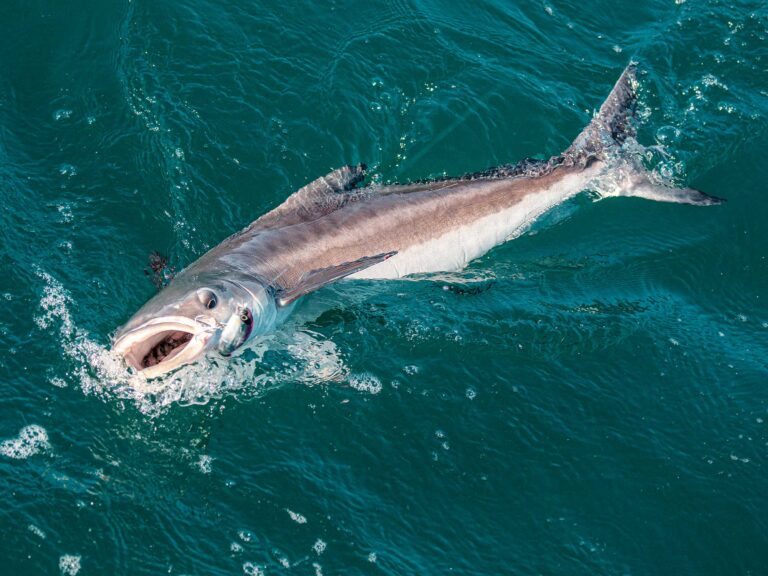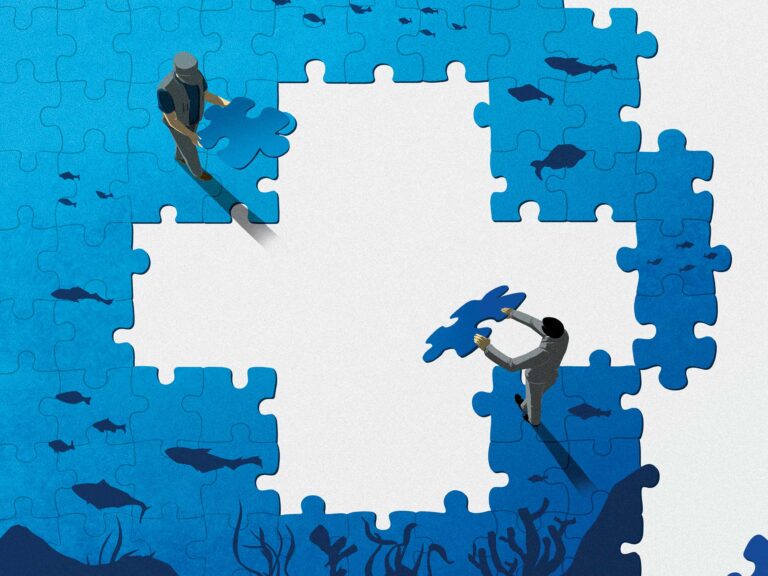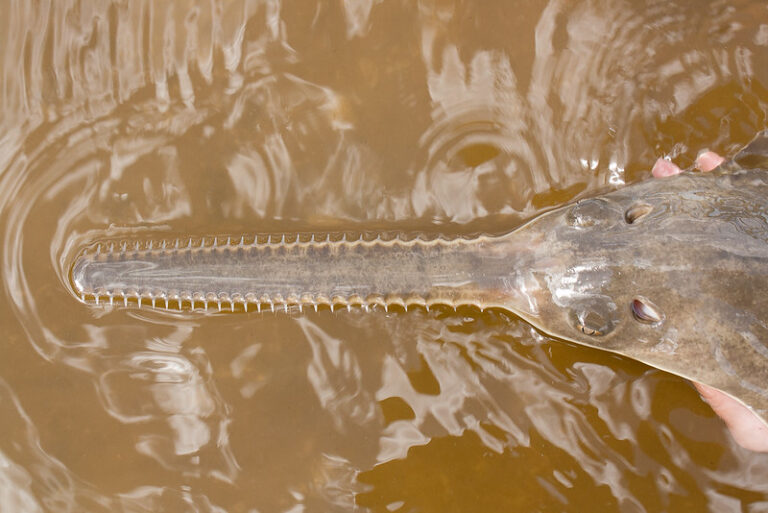
Bottom trawl patters from space
In a move that will help protect one of the most diverse ecosystems on Earth, the European Commission has proposed phasing out bottom trawling and bottom gillnetting among deep sea fishing fleets in the Northeast Atlantic.
Deep sea bottom trawling is widely acknowledged to be an unsustainable practice, a highly destructive fishing method and the most immediate and widespread threat to fragile deep-sea ecosystems. Deep bottom ecosystems harbor a diversity of life, much of it as yet unidentified, on a par with biodiversity found in the Amazon rainforest. Following the CE proposal, it is now incumbant on the European Union fisheries ministers and the European Parliament to support the measure with legislation to implement the Commissioner’s proposal and put an end to destructive deep-sea fishing practices.
The European Union’s deep-sea fishing fleet is one of the largest in the world. In the heavily exploited Northeast Atlantic the EU is responsible for 75 percent of the total catch of deep-sea species.
France and Spain operate the largest deep-sea bottom trawl fleets in the Northeast Atlantic. Proponents of the bottom trawling ban are also calling for mandatory impact assessments in all deep-sea fisheries new and existing; closure of deep-sea areas to fishing where vulnerable marine species are known or likely to occur unless these areas can be managed to prevent significant adverse impacts; and the requirement that all catch and bycatch, be sustainable; and that all bycatch be landed unless there is adequate justification (e.g. high survival potential) for throwing it back.









